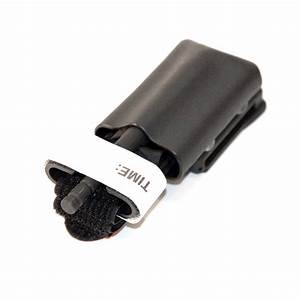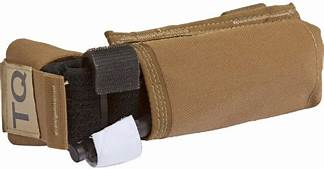This brings us to the end of our series on Self-defense – Emergency regarding tourniquets.
Did you learn anything that was helpful? Do you have a story to share on your experience using tourniquets? Leave a comment! We’d like to hear from you.
SDTG can provide you expert and personal training for self-defense, security, and for law enforcement personnel.
Are You Defense Ready? Follow this link to our Website: www.sdtrainingllc.com/ to schedule a consultation and to get the training that can keep you and your loved ones safe. Remember it is only your LIFE you’re training to protect!


 RSS Feed
RSS Feed


